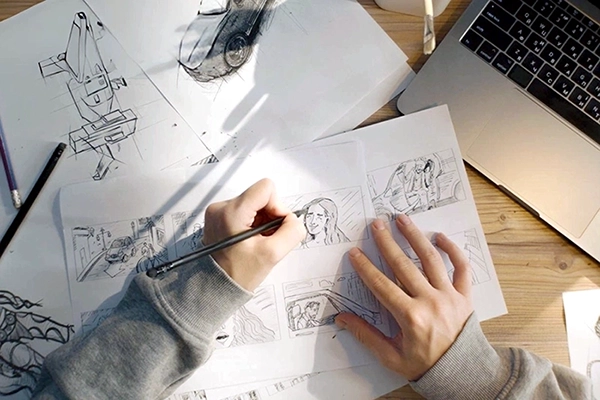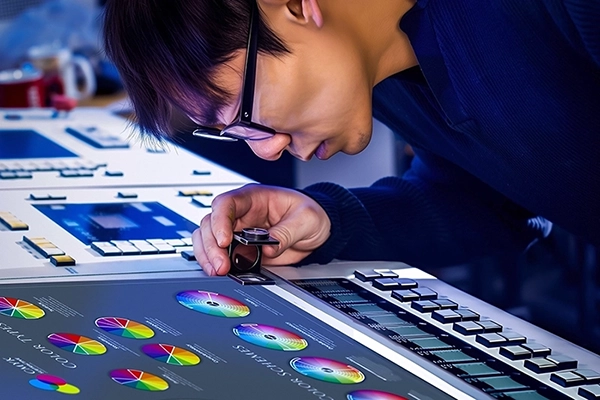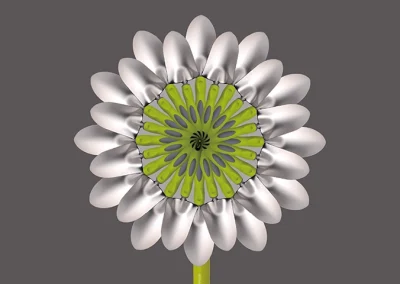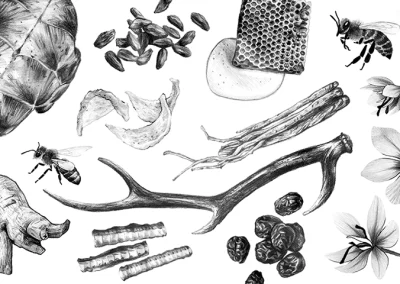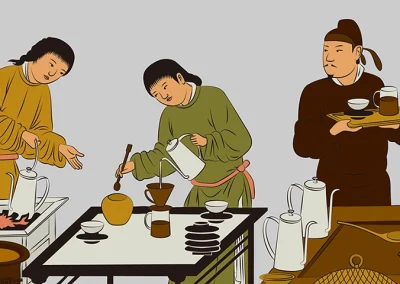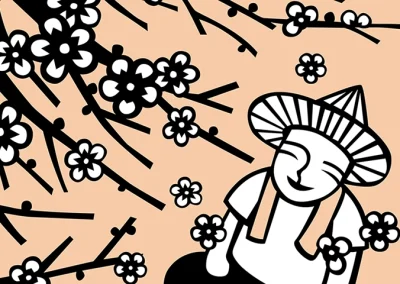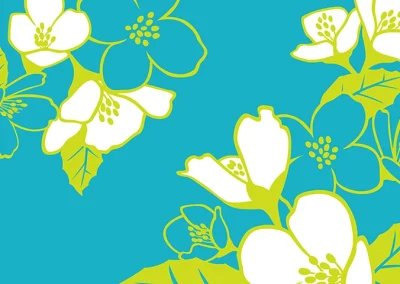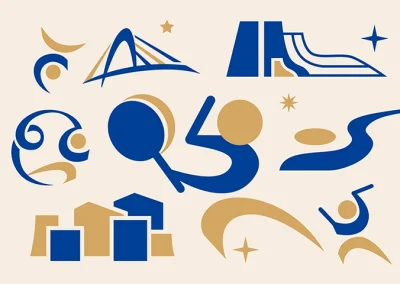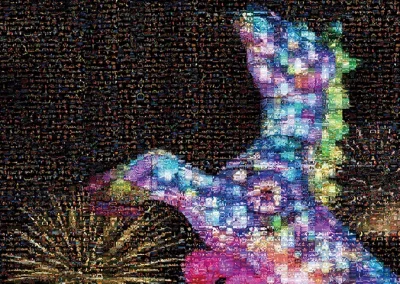Graphic Design
Graphic design encompasses catalogs, books, posters, direct mail (DM), printed materials, and more. It is an art that uses graphics, colors, and text, requiring skills such as graphic design, illustration, and layout. The purpose is to create visual appeal and effectively communicate messages or emotions. Through graphic design, designers can influence viewers’ perceptions, build brand identity, and achieve clear and engaging visual effects.

GRAPHIC DESIGN PROCESS
creative ideation
Creative Ideation
Creative ideation is the starting point of the design process. Through in-depth communication with clients to understand their needs, combined with market trend research, clear design concepts are developed. An overall visual strategy that aligns with the brand’s tone is then formulated.
- Requirement Analysis: Communicate with clients to understand design goals, brand style, and budget.
- Visual Style: Research competitors and market trends to ensure the design is competitive.
- Concept Development: Define the core concept and stylistic direction of the design.
- Visual Strategy: Formulate visual strategies for colors, fonts, layout, and imagery styles.
image processing
Image Processing
Image processing focuses on enhancing the professionalism and visual appeal of the visuals by using high-resolution images and meticulous retouching to improve image quality. At the same time, it employs visual hierarchy and grid systems to ensure clear communication of information while maintaining overall layout harmony and balance.
- High Resolution: Use high-quality images to ensure visual professionalism.
- Image Retouching: Perform image editing, color correction, and post-processing to enhance overall quality.
- Visual Guidance: Apply principles of visual hierarchy to ensure readability and guide the viewer’s attention.
- Visual Harmony: Utilize appropriate grid systems to maintain balance and coherence in the layout.
layout approval
Layout Approval
The layout approval stage focuses on design consistency and practicality. It requires thorough communication with the client to confirm the design direction is accurate. Adjustments are made based on feedback, while considering future adaptations for different media such as social media, advertising, or websites, ensuring overall visual unity.
- Visual Consistency: Ensure the design maintains consistent visual effects across different media.
- Communication Confirmation: Communicate with the client to confirm the design direction.
- Review and Revision: Make necessary modifications and optimizations based on feedback.
- Expansion Needs: Adaptable for use in social media, advertising, websites, and more.
output specifications
Output Standards
The output standards stage is a crucial step after design completion. It involves converting color modes to the correct format, setting specifications such as bleed and resolution according to printing requirements, and providing the proper file formats along with complete delivery materials to ensure the final output quality is flawless.
- Color Mode: Convert to the appropriate color mode (CMYK or RGB)
- Printing Specifications: Prepare printing specifications (bleed, resolution, printing method, etc.)
- File Format: Ensure file formats meet output requirements (PDF, AI, EPS, etc.)
- Deliverables: Provide design files, usage guidelines, and related materials.
